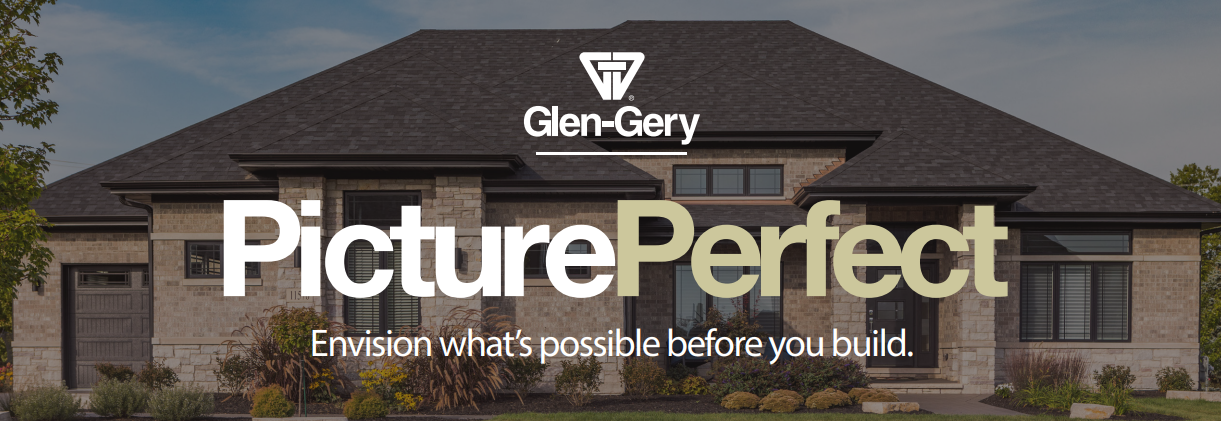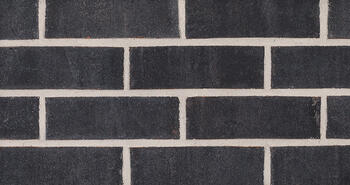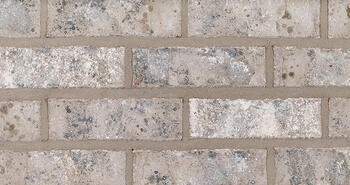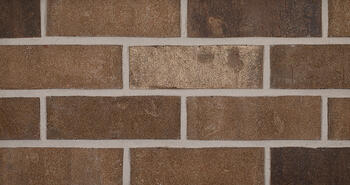Favorites
Picture Perfect - A Virtual Design Tool by Glen-Gery
Personalize your home design before you begin building. Use the Picture Perfect virtual home design tool from Glen-Gery.
It gives you style after style of brick, trim, and roofing to create the exact style of home you want.
Design one of our pre-loaded commercial and residential images, upload and prepare your own image for free, or for a small fee,
let us professionally mask an image of your home.
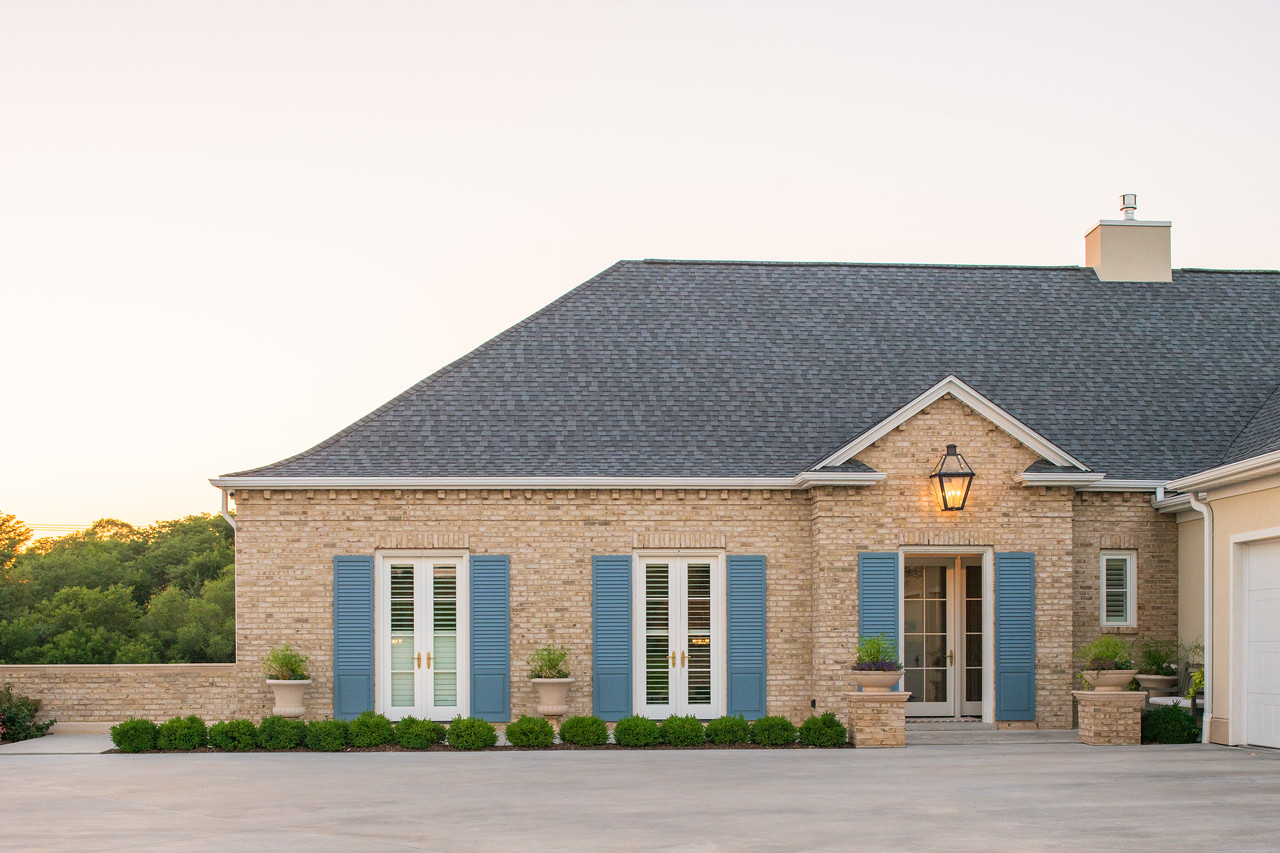
ONE
Use an extensive selection of tools to virtually create the perfect home style.

TWO
Choose from trending brick and mortar options to a full range of accessory colors.
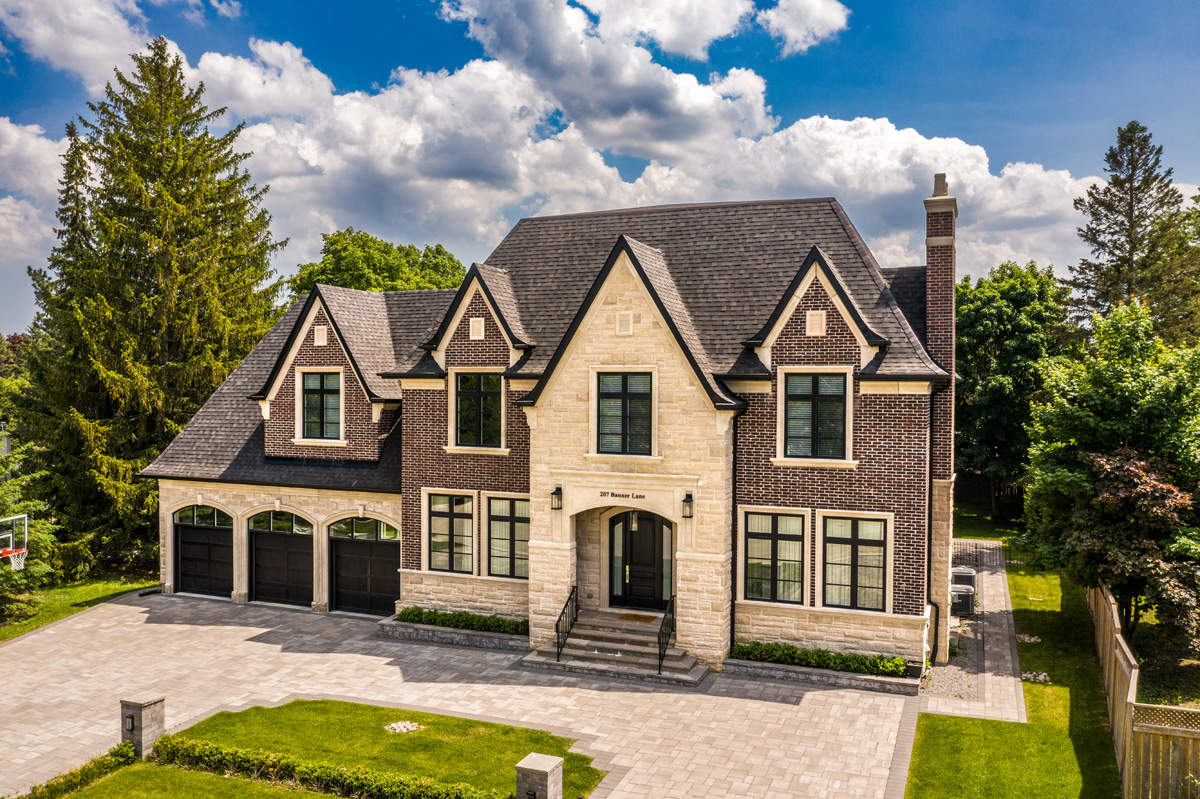
THREE
Upload an image of your own home or work with an array of pre-loaded images.
You May Also Be Interested In
We Can Help With Your Next Project
Discover the latest + greatest in design trends, industry news & pro tips from pros.
For all of your project needs, you’ll find everything you need at a Supply Center.
Let Us Know How We Can Help!
Plant Tour
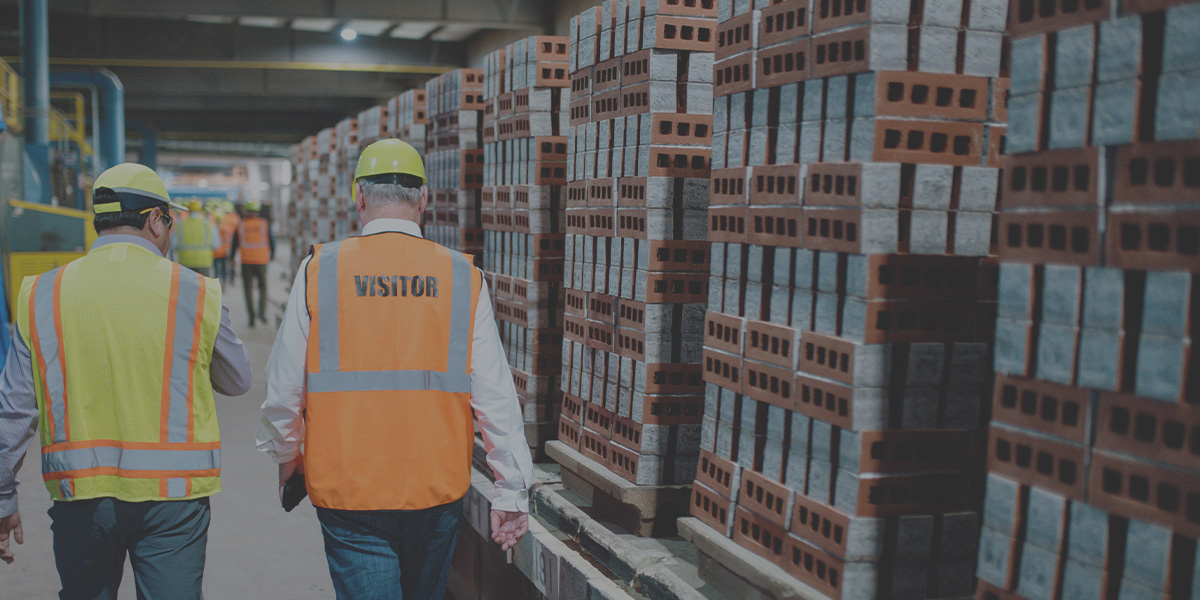
Plant Tour
Inquire to visit one of our manufacturing facilities
Join Glen-Gery for a behind-the-scenes tour of one of our brick manufacturing facilities! This unique opportunity will provide you with an in-depth look into the craftsmanship and innovation that go into producing beautiful products that last forever. The tour is not only an educational experience but also a chance to appreciate the artistry and dedication of our skilled craftsmen.
Open to architects and design professionals only.
MANUFACTURING
Each brick plant has a certain capability. The surrounding shale or clay typically determines the type of brick being made. During the tour, you will have the chance to witness the entire brick manufacturing process, from raw material selection to the final firing and packaging stages. Our knowledgeable guides will walk you through each step, explaining the intricate details of how our bricks are meticulously crafted to meet the highest industry standards.
ENVIRONMENTAL SENSITIVITY
As a brick maker, we also have a responsibility to ensure our operations do not have an adverse effect on our surroundings. You will see how we handle everything from air emissions to quarry reclamation. You will gain insights into our commitment to sustainable practices and environmental responsibility, as we strive to create products that not only stand the test of time but also minimize our ecological footprint.
DURATION & CREDITS
Most tours take approximately 2 hours and qualify for 2 AIA Learning Units
OUR LOCATIONS
Glen-Gery operates eight brick factories throughout the United States, shown in black, and more than two dozen retail stores called Brickworks Supply Centers. Our Design Studios are located in New York City, Philadelphia and Baltimore.
|
Philadelphia |
Baltimore |
New York |
|---|



Charcoal Klaycoat
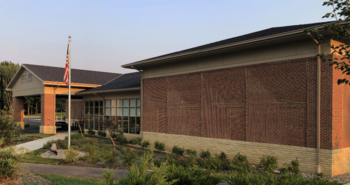
Olde Detroit
Distributor Quarterly Updates
Distributor Quarterly Updates
we want your feedback!
